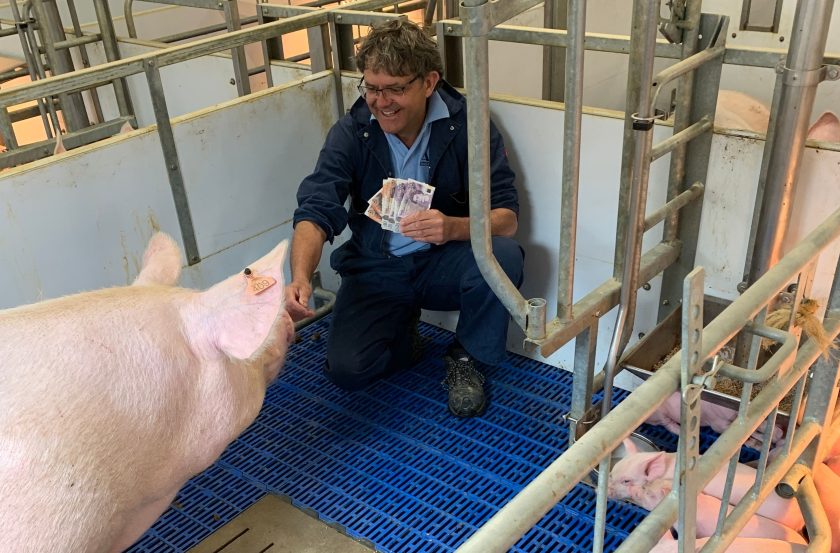
Pig producers could be faced with millions in extra costs if they are forced to install new higher welfare farrowing systems, a housing company has warned.
Legislation on higher welfare farrowing pens – both in the UK and the EU – is now seen by the sector as inevitable.
Defra has indicated that it wishes to phase the crate system, which is widely used across the sector.
The Pig Welfare code, published in September 2020, expressed an aspiration to ‘move towards a future where farrowing crates are no longer necessary’.
Many pig producers are already installing higher welfare pen systems, but the true costs are only now beginning to emerge, ARM Buildings says.
Due to the larger pens, fewer sows will be accommodated in standard-sized buildings.
Just to maintain the size of their breeding herds, farmers will have to put up new buildings, even if they convert existing houses.
Tim Miller, environment specialist with ARM Buildings, said the total cost to the industry - factoring in the extra equipment and other aspects - could 'easily top £200 million'.
He believes that, if the industry is not to be put at a disadvantage, farmers should ensure that governmental legislators are aware of the full extent of these costs.
The costs could amount to as much as £6,000 per sow place, he said, which is 30 to 40 percent more than conventional farrowing systems.
“Most farmers I deal with are in favour of the higher welfare pens but there should be proper recognition of the eye-watering costs," Mr Miller added.
"When sow stalls were unilaterally banned in 1999, the UK industry virtually halved in size.
"Production of pork and bacon was simply exported to the continent where it was produced under the same systems that were banned here,” he said.
